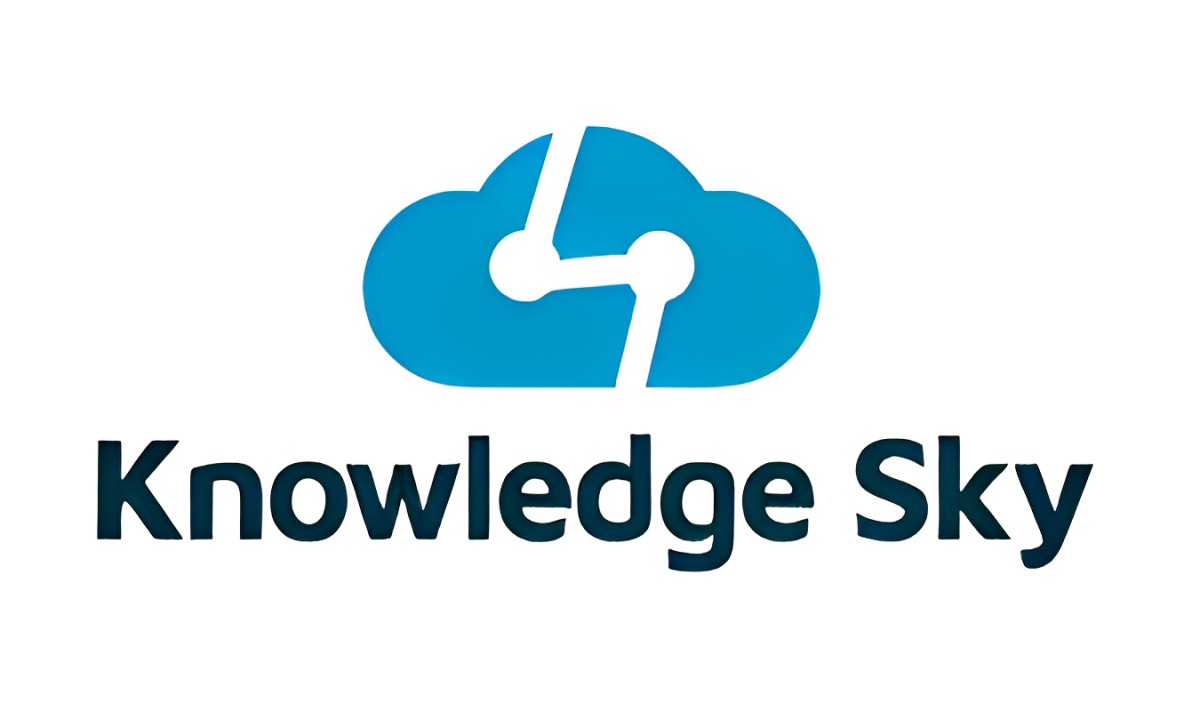
Let’s face it, high-speed internet isn’t just for teenagers streaming the latest viral dance or for office folks working from fancy laptops at coffee shops. These days, staying online means staying connected to family, doctors, friends, and sometimes even our favorite old sitcoms on Netflix. But here’s the kicker: the cost of internet keeps rising, and for seniors over 50, many living on fixed incomes or tight budgets, that monthly bill can feel like an unnecessary luxury. It shouldn’t be. The good news? Affordable, high-speed internet does exist if you know where to look.
- Why Seniors Still Need Speed, and No, It’s Not Just for Zoom Calls
- The Hidden Perks of Being 50 Plus When It Comes to Internet Deals
- Government Assistance Programs Can Lighten the Load
- Senior Internet Discounts Are Real, You Just Gotta Ask
- What It Costs in Major Cities Might Surprise You
- Why Public Wi-Fi Isn’t the Long-Term Answer
- Tech Support Matters, Especially When You’re Not a Techie
- Devices That Work Well on a Budget Plan
- Don’t Fall for the “Fastest,” Fall for What You Really Need
- What It Really Costs and Where to Snag the Good Stuff
- At the End of the Day… Wait, Scratch That. Let’s Keep It Real
Why Seniors Still Need Speed, and No, It’s Not Just for Zoom Calls
Sure, a lot of folks over 50 aren’t downloading massive files or gaming all night, but that doesn’t mean they don’t need solid speed. High-speed internet is what makes telehealth visits run smoothly, what keeps FaceTime from freezing mid-laugh with the grandkids, and what stops YouTube tutorials from buffering right when you’re learning how to fix that stubborn kitchen faucet. Slower, cheaper plans might seem fine at first glance, but they can become more frustrating than helpful. The trick is finding plans that balance speed with price, and ideally come with a little customer service that actually listens.
The Hidden Perks of Being 50 Plus When It Comes to Internet Deals
Here’s something not everyone knows: many providers actually offer discounts specifically for seniors. Some of the big names like Xfinity and AT&T roll out plans for lower-income households, and a lot of seniors qualify without even realizing it. Then there’s the Affordable Connectivity Program, a federal initiative that knocks up to $30 off your monthly internet bill (or up to $75 if you’re living on Tribal lands). It’s not complicated to apply either. If you’re on Medicaid, SNAP, or even just get a monthly Social Security check, you might already be eligible.
Government Assistance Programs Can Lighten the Load
Besides the ACP, there are other programs and support systems designed to help older Americans stay connected. Lifeline is another federal benefit that’s been around for years, and it offers monthly discounts on phone or internet service for qualifying low-income consumers. Some states even stack additional benefits on top of Lifeline, making it possible to cover most, if not all, of your basic internet costs. And get this: many nonprofits and community organizations will even help you sign up, walk you through the paperwork, or recommend the best providers in your area. So if the forms feel overwhelming or you’re just not sure where to start, ask your local library or senior center. They often know exactly where to point you.
Senior Internet Discounts Are Real, You Just Gotta Ask
It’s easy to assume that only younger folks get deals, but plenty of providers offer senior-specific discounts, even if they don’t always advertise them front and center. Take Spectrum’s Internet Assist, for instance. It’s tailored for older adults on fixed incomes. AT&T Access also offers discounted plans for qualifying seniors, and Xfinity Internet Essentials has a simple application process, especially if you’re already part of other assistance programs. Sometimes, local ISPs quietly provide senior pricing if you ask directly. The bottom line? Don’t be shy. Pick up the phone or pop into a local store and ask: “Do you have a plan for seniors?” You might be pleasantly surprised by how many say yes.
What It Costs in Major Cities Might Surprise You
Prices can vary quite a bit depending on where you live, but there are affordable options out there in most major cities. In Los Angeles, seniors can find discounted internet plans starting around $20 per month through Xfinity Internet Essentials. In Chicago, AT&T’s Access plan offers service for as low as $10 a month for those who qualify. New York City residents can tap into affordable internet through RCN or Verizon, often in the $25 to $30 range. Down in Houston, seniors using Spectrum Internet Assist often pay between $17 and $29 per month, depending on speed and service bundles. Even in rural areas or smaller towns, many providers extend ACP and Lifeline discounts to bring prices down below $30. You just have to know which providers serve your ZIP code, and which discounts you qualify for.
Why Public Wi-Fi Isn’t the Long-Term Answer
Sure, using free Wi-Fi at coffee shops or libraries sounds like a quick fix. But relying on public internet long term can be risky, slow, and a hassle. You never know how secure the network is, and most public connections limit how much you can do online. If you’re using Wi-Fi to check sensitive information like bank accounts or medical records, public access isn’t ideal. Plus, it’s not all that comfortable to sit in a café for three hours just to send an email. A private internet plan at home gives you the freedom to do what you need, when you need it, without relying on someone else’s network.
Tech Support Matters, Especially When You’re Not a Techie
Let’s be real. Not everyone over 50 is a tech wizard, and that’s okay. What matters is having support when you hit a wall. Some affordable internet plans come with limited or even no customer service, which can leave you stuck if your Wi-Fi goes down. But others, like Xfinity Essentials or AT&T Access, usually offer solid tech support, and some even have installation help at no extra cost. There are also senior-focused nonprofits like OATS (Older Adults Technology Services) that offer free digital literacy classes, both in-person and online. Having someone explain it all without the jargon makes a huge difference.
Devices That Work Well on a Budget Plan
Here’s something many people overlook: your internet is only as good as the device you’re using. If you’re on a budget plan with average speeds, pairing it with a low-maintenance device can make everything run smoother. Chromebooks, for example, are perfect for seniors. They’re affordable, lightweight, and boot up in seconds. Tablets like the iPad or Amazon Fire work great too, especially for video calls and streaming. And if your device is more than five years old, it might be time for an upgrade. Some internet providers even offer low-cost or refurbished devices as part of their senior internet bundles, so don’t forget to ask.
Don’t Fall for the “Fastest,” Fall for What You Really Need
There’s always that temptation to grab the “fastest plan available.” You’ve seen it: 1 Gig speeds, all the bells and whistles, a fancy router the size of a shoebox. But honestly, unless you’re running a mini tech company from your kitchen table, you don’t need that kind of horsepower. For most seniors, something in the 100 to 300 Mbps range is more than enough for streaming, browsing, video calling, and maybe even some light online shopping. Just don’t let a pushy salesperson convince you otherwise. You wouldn’t buy a sports car just to drive to the grocery store, right?
What It Really Costs and Where to Snag the Good Stuff
Let me tell you what people rarely say out loud: price transparency in internet plans is murky at best. Between promotional rates, equipment fees, and those sneaky “activation” charges, it’s easy to get overwhelmed. But to give you an idea, you can absolutely find solid internet for under $30 a month if you qualify for the ACP or choose a provider like Spectrum’s Internet Assist, Xfinity’s Internet Essentials, or even local companies that often have better customer support. And some senior housing communities have partnerships with providers, so don’t forget to ask your landlord or local community center. You might be sitting on a discount and not even know it.
At the End of the Day… Wait, Scratch That. Let’s Keep It Real
Here’s the thing. The internet isn’t a luxury anymore. It’s not just for the young, the techy, or the trendy. It’s a necessity. Whether you’re over 50, 60, or somewhere in between, you deserve access to fast, affordable internet without jumping through hoops or decoding cryptic contracts. So ask questions. Compare plans. Check if you qualify for help. Because staying connected shouldn’t mean feeling left behind, and you’d be surprised how many good options are right under your nose.
Now go call your provider. Or better yet, do it online.


